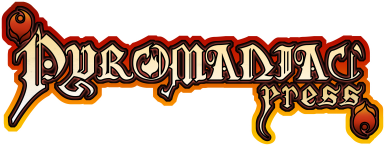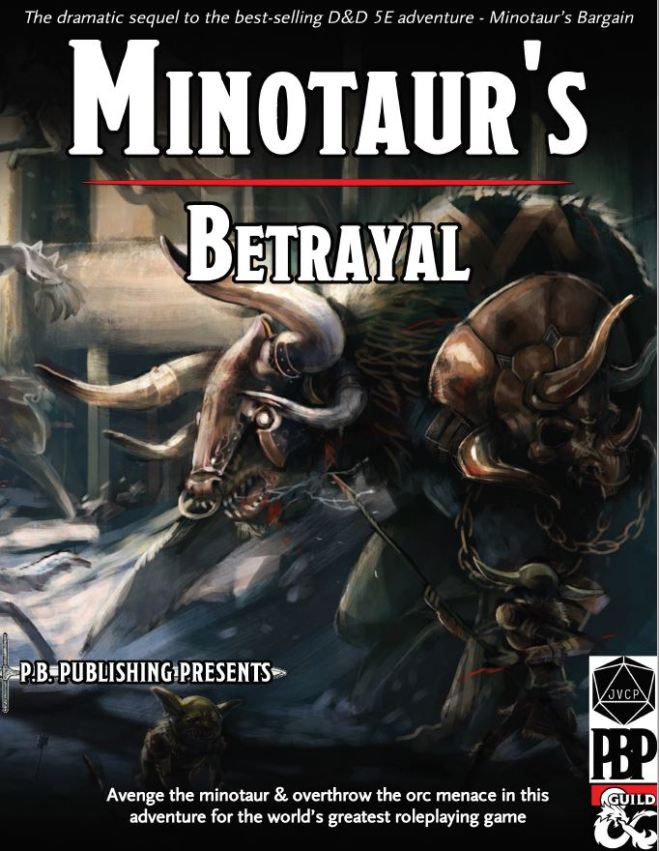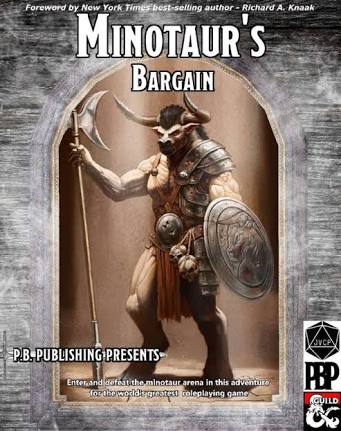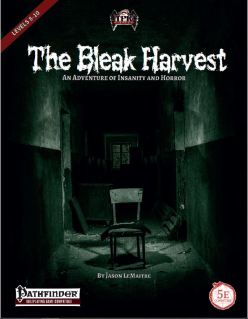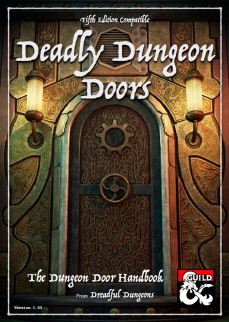INSERT COVER ART HERE! (Normally I would, but this adventure doesn’t have one. More on that later).
The Midnight Revelry by Chris Walz is a 17 page adventure for 1st – 3rd level characters. The adventure has been created with an adventure maker (Homebrewery/DMBinder type) and has the clean, standardized look provided by these. What it lacks in unique signature it makes up for in ease of use. It has a couple of inset stock colour artworks and the colour finish you get from the above, as well as two hand drawn b&w maps. It also comes with a (mostly) b&w print friendly version.
SPOILERS
.
.
.
The characters run across a village that seems to be in the grips of an unnatural desire to party – so much so the place is suffering for the excess.
Following clues or advice from a few disgruntled locals they can determine that there is a local fey presence enchanting the folk from a temple in the woods.
A visit to the ‘party house’ – The House of the Winsome Rose – requires a trek through forests steeped in fey influence, and a selection of similarly styled encounters the DM may select from.
Delving further the characters cross into the Plane of Faerie and sees the characters embroiled in a mild form of fey politics and plots. It seems the “villain” is a satyr being blackmailed into acting in a greater fey’s stead, and would willingly band together with the PCs to slay his tormentor if they are willing, leading to a climactic fight against a powerful creature of cold.
END SPOILERS
.
.
.
There’s a lot to like about Midnight Revelry, but there’s also some rough edges.
Let’s start with the critiques;
Chris makes an interesting (and deliberate) choice to not include a cover on the adventure PDF. It has a cover, and that cover is used on the DM’s Guild site as a placeholder and advertisement, but does not appear on the PDF. It seems like an odd choice to me, as the cover is one of the few artworks in the product, and it is quite atmospheric. To my mind if gives the product an incomplete feel.
Chris writes like a veteran DM that knows what he wants but is not quite used to writing for others. There is a kind of ‘shorthand’ at work here. Some of the hooks, leads, NPCs and encounters need fleshing out just a little. The Portal Guards encounter is a great example of the shorthand Chris uses throughout the adventure. There is a reward for going unseen, though it doesn’t list the mechanics for passing unseen (no mention of the guards Perception for example). It, like a few other encounters, rely on the DMs experience and/or interpretation to make it work. Similarly, the read aloud text provided is mostly good, but in places it is perhaps a little stilted, and absent in other places where it might be useful. At one point he offers advice on describing the Feywild without providing a description. While this is not an issue for experienced DMs, and some will genuinely appreciate the brevity, it does make it tougher for newer DMs to run this module.
Farleigh’s Well map needs a key in order to determine the location of various detailed locations (the inn, merchant house etc). If a clean player’s map was desired, a second unkeyed version could be provided. Of course you could simply place the key locations to your liking, but it seems like an unfinished detail to me.
There are lots of interesting encounters, but one encounter in particular bothers me as it removes agency pretty thoroughly. The travel portion of the adventure desires limiting resource replenishment, and does not allow Long Rests in the woods. Any attempt to do so sees the characters confronted by elves who wish to eject them from the woods. This is fine in theory, but the text indicates reluctant characters are ‘knocked unconscious’ and left in the outskirts of town. This seems unnecessarily forceful and immediate. If the elves simply harass the characters they will be unable to sleep mechanically, and it lacks the heavy handed and disempowering DM fiat suggested. It may be Chris was trying to be brief, but it seems unnecessarily overbearing.
The final boss is cool (pun intended) but has an ability that, while thematically appropriate, I really don’t think was well thought out. In addition to her own standard abilities she has a legendary action aura that can potentially kill anyone within 10 feet in 6 rounds, each round adding stacking debuffs that will make the fight almost impossible within 3-4 rounds with a melee heavy party. You win fast, or you die.
Lastly, this adventure concerning Fey doesn’t break or even elaborate on the tropes associated with such things – it is a stock tale of the capricious fey acting on their whims, which have consequences for nearby mortals in predicable ways. Most veteran players – or even new players that might have has some introduction to (Greek) mythology – will see the plot coming a mile away. However, even though I place this in the critique section, this is not necessarily a bad thing…
…because…
Despite not breaking the mold, this is one hell of an adventure, especially for newer players, or even jaded veterans. If you are going to create a fey themed adventure and want to hit the tropes, this is the way to do it. Midnight Revelry delivers with style and fun. There are some ‘combat only’ encounters, but almost all the creatures here can be treated with or challenged on a social level. Most of the combats have a plausible non-lethal conclusion if failed. The story flows well and keeps moving. There’s lots of options here to really add flavour and build atmosphere. The Fey Crossing is an inspired mechanic that plays on this adherence to the trope. Finally, and possibly most importantly, the final encounter feels EPIC. It gives low level characters a chance to feel powerful and part of something profound, and can have lasting impact on the setting of the adventure.
Regardless of a few imperfections, I highly recommend this if you want a low level fey adventure.
I rate this 3.5 stars for presentation (while clean, it is not groundbreaking from an art or visual layout perspective), and 4.5 stars for content (shaved only because of the few mechanical issues), for a final rating of 4 STARS. An upgrade of cover, art and a Fey theme to the backgrounds and layout would really propel this, but content alone suggests this is a worthwhile pick up.
You can buy this immersive module singularly here on DM’s Guild. It is a pay-what-you-want product, but as always I encourage actually paying the author. A lot of time and effort goes into crafting these.
It is also featured in this collection with a number of other fantastic authors (I also somehow made it in – don’t ask me how).
